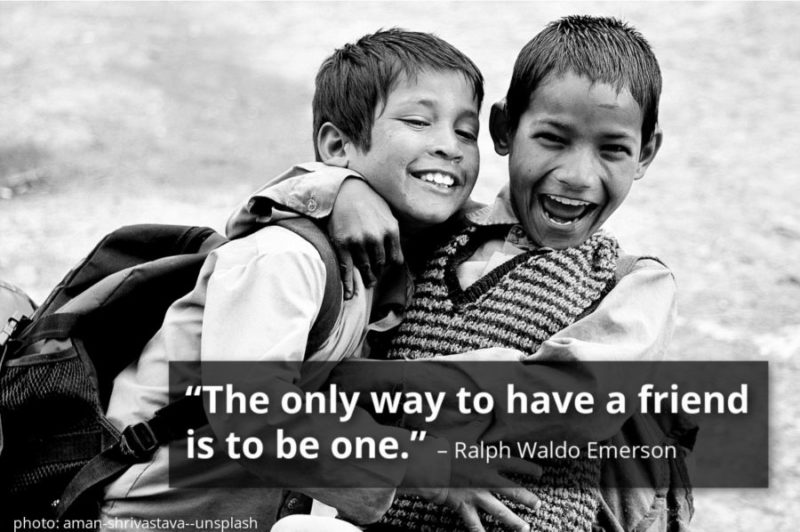
![]()
“There’s not a word yet for old friends who’ve just met.”– Jim Henson
I am blessed to have many “old friends”.
That’s one of the advantages of living in the same city all your life. It’s not unusual to run into a classmate at Home Depot or get an email from someone from my high school graduation class. My friends and I shared the same classrooms, teachers and recesses. We played a reality version of snakes and ladders, climbing and sliding from grade to grade.
We were from different backgrounds and classes. But the classroom was a great equalizer. We shared each other’s achievements and failures, embarrassments and glories. Our small world included buddies and bullies, popular kids and nerds (before nerds ruled the world). Whatever the clique – and it could change from year to year – we had a history in common that would last a lifetime.
I lived in Montreal all my life and I travelled a lot, but Montreal is home. I only considered leaving once. It was after the 1976 election of the Parti Québecois and a lot of my friends moved away to Toronto. By 2001, 50% of mother-tongue anglophones had left the province.
As much as I love “change”, I admit to enjoying the familiarity of faces and geography I see every day. A sense of belonging comes with having driven and walked the same streets for over a half-century. The pandemic has pretty much extinguished any chance of running into a friend. But technology saves the day. Social media and web-conferencing apps like ZOOM give us a digital substitute for in-person meetings.
Do old friends make the best friends?
Is it possible to make new best friends once we’re fully formed adults with fully formed opinions? As soon as we were out of diapers, our parents set about to domesticate us. We were taught to socialize with others in daycare then in school. It was survival training.
As a business owner, I “networked” at conferences with hundreds of others. Some became dear friends. Through “Art for Healing”, I’ve connected with artists and medical professionals who inspired me and became role models. They and others I met later in life are friends. Every new friend I make is put into a compartment based on the context of how we met. There are my “work friends”, “art friends”, “dinner party friends” and “old friends”.
How many people do you consider “friends”?
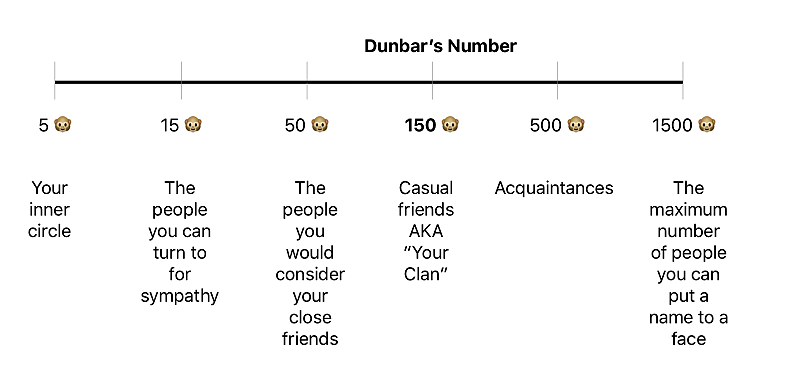
According to anthropologist Robin Dunbar, our brains have a limit on how many meaningful relationships we can keep track of. Dunbar says most people can have up to:
- 5 intimate bonds: spouses, best friends, and so on
- 15 close friends: people you trust and spend time with regularly
- 50 friends: people you would invite to a personal event like a wedding or dinner
- 150 casual friends: people you would invite to a big party
A recent survey seems to support Dunbar’s theory. Researchers found the average Facebook user
- Has 155 friends on the platform
- Only considers 43 contacts to be a genuine friend
- Would only trust 4 of their Facebook friends in a crisis
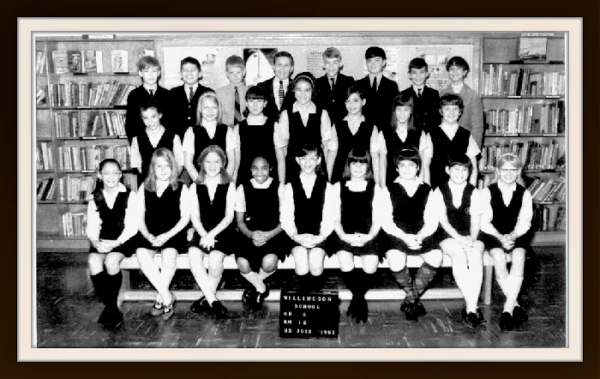
Here are some “friendly” gems to ponder over until next month.
[click_to_tweet tweet=”“True friendship comes when the silence between two people is comfortable.”– David Tyson” quote=”“True friendship comes when the silence between two people is comfortable.”– David Tyson” theme=”style2″]
[click_to_tweet tweet=”“A friend is someone who understands your past, believes in your future, and accepts you just the way you are.” – Unknown ” quote=”“A friend is someone who understands your past, believes in your future, and accepts you just the way you are.” – Unknown ” theme=”style2″]
[click_to_tweet tweet=”“Ultimately the bond of all companionship, whether in marriage or in friendship, is conversation.” – Oscar Wilde” quote=”“Ultimately the bond of all companionship, whether in marriage or in friendship, is conversation.” – Oscar Wilde” theme=”style2″]
[click_to_tweet tweet=”“In everyone’s life, at some time, our inner fire goes out. It is then burst into flame by an encounter with another human being. We should all be thankful for those people who rekindle the inner spirit.” – Albert Schweitzer” quote=”“In everyone’s life, at some time, our inner fire goes out. It is then burst into flame by an encounter with another human being. We should all be thankful for those people who rekindle the inner spirit.” – Albert Schweitzer” theme=”style2″]
[click_to_tweet tweet=”“The real test of friendship is can you literally do nothing with the other person? Can you enjoy those moments of life that are utterly simple?” – Eugene Kennedy” quote=”“The real test of friendship is can you literally do nothing with the other person? Can you enjoy those moments of life that are utterly simple?” – Eugene Kennedy” theme=”style2″]
[click_to_tweet tweet=”“It is not a lack of love, but a lack of friendship that makes unhappy marriages.” – Friedrich Nietzsche” quote=”“It is not a lack of love, but a lack of friendship that makes unhappy marriages.” – Friedrich Nietzsche” theme=”style2″]
[click_to_tweet tweet=”“Let us be grateful to the people who make us happy; they are the charming gardeners who make our souls blossom.” – Marcel Proust” quote=”“Let us be grateful to the people who make us happy; they are the charming gardeners who make our souls blossom.” – Marcel Proust” theme=”style2″]
[click_to_tweet tweet=”“If you go looking for a friend, you’re going to find they’re very scarce. If you go out to be a friend, you’ll find them everywhere.”– Zig Ziglar” quote=”“If you go looking for a friend, you’re going to find they’re very scarce. If you go out to be a friend, you’ll find them everywhere.”– Zig Ziglar” theme=”style2″]
[click_to_tweet tweet=”“You can always tell a real friend: when you’ve made a fool of yourself he doesn’t feel you’ve done a permanent job.”– Laurence J. Peter” quote=”“You can always tell a real friend: when you’ve made a fool of yourself he doesn’t feel you’ve done a permanent job.”– Laurence J. Peter” theme=”style2″]
[click_to_tweet tweet=”“The most beautiful discovery true friends make is that they can grow separately without growing apart.” – Elisabeth Foley” quote=”“The most beautiful discovery true friends make is that they can grow separately without growing apart.” – Elisabeth Foley” theme=”style2″]
[click_to_tweet tweet=”“A true friend is someone who thinks that you are a good egg even though he knows that you are slightly cracked.” – Bernard Meltzer” quote=”“A true friend is someone who thinks that you are a good egg even though he knows that you are slightly cracked.” – Bernard Meltzer” theme=”style2″]
[click_to_tweet tweet=”“There is nothing better than a friend unless it is a friend with chocolate. “ – Linda Grayson” quote=”“There is nothing better than a friend unless it is a friend with chocolate. “ – Linda Grayson” theme=”style2″]
[click_to_tweet tweet=”“Truly great friends are hard to find, difficult to leave, and impossible to forget.” – Unknown” quote=”“Truly great friends are hard to find, difficult to leave, and impossible to forget.” – Unknown” theme=”style2″]
[click_to_tweet tweet=”“It is one of the blessings of old friends that you can afford to be stupid with them.” – Ralph Waldo Emerson” quote=”“It is one of the blessings of old friends that you can afford to be stupid with them.” – Ralph Waldo Emerson” theme=”style2″]
[click_to_tweet tweet=”“Many people will walk in and out of your life, but only true friends will leave footprints in your heart.” – Eleanor Roosevelt” quote=”“Many people will walk in and out of your life, but only true friends will leave footprints in your heart.” – Eleanor Roosevelt” theme=”style2″]
[click_to_tweet tweet=”“A friend is someone who gives you total freedom to be yourself and especially to feel, or not feel. Whatever you happen to be feeling at any moment is fine with them. That’s what real love amounts to – letting a person be what he really is.”– Jim Morrison” quote=”“A friend is someone who gives you total freedom to be yourself and especially to feel, or not feel. Whatever you happen to be feeling at any moment is fine with them. That’s what real love amounts to – letting a person be what he really is.”– Jim Morrison” theme=”style2″]
[click_to_tweet tweet=”“Friends are the family you choose.“ – Jess C. Scott” quote=”“Friends are the family you choose.“ – Jess C. Scott” theme=”style2″]


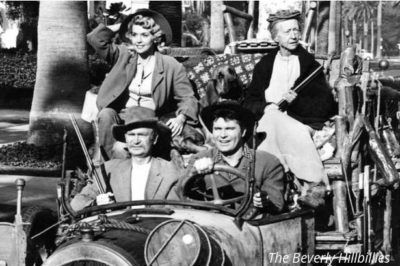


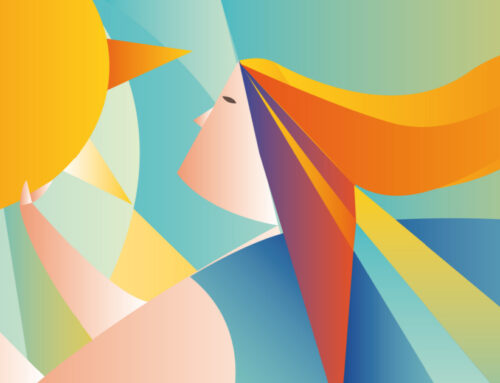
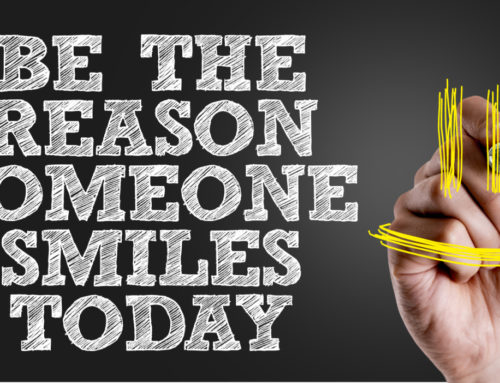
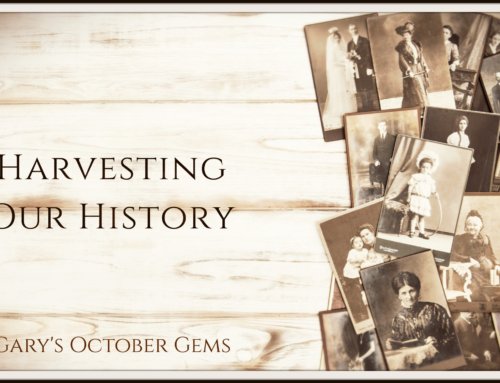

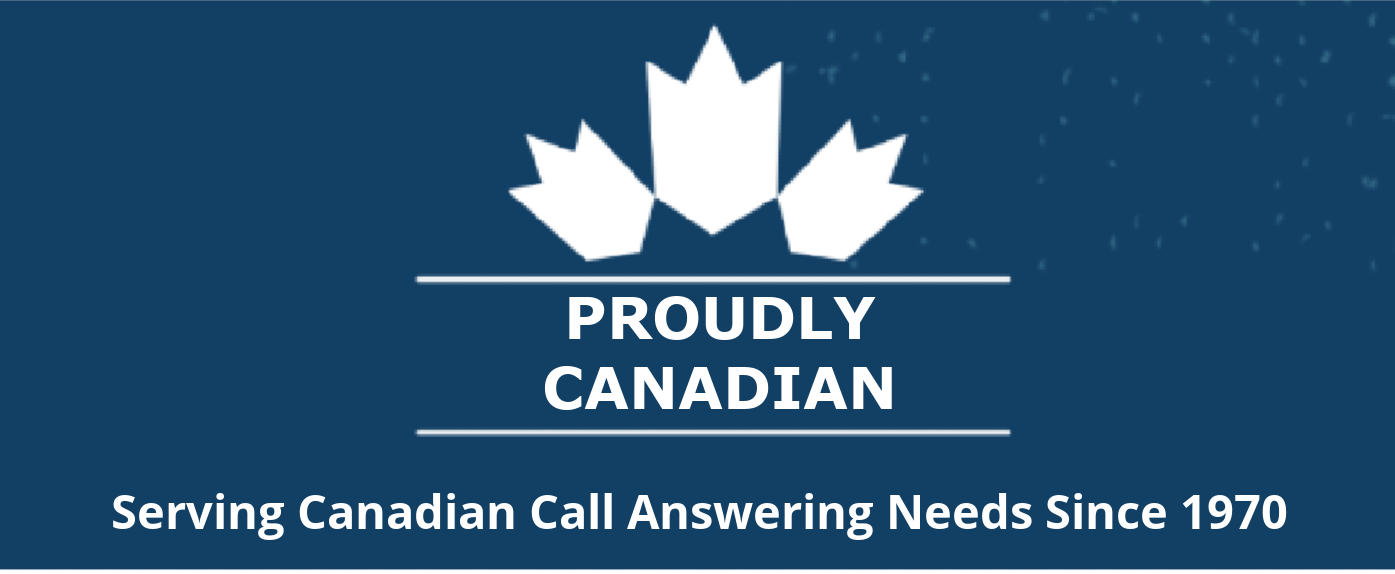



As I look at the picture, you’re second from the left, with a big smile on your face. Oh how I remember those tunics! It’s hard to explain to my son how we used to wear uniforms to public school … thanks for the monthly gems Gary. I always look forward to them. XO
Hey Carrie, yes indeed, lots of things to explain to the subsequent generations about how life worked during ours but I suspect that’s ever successive generation’s issue. Hell, with the rate of change accelerating, it’ll be half generations before you know it! 🙂 You’re right about the picture! Face hasn’t changed much, well, beard aside! Take good care, hope you’re well and staying safe! xo